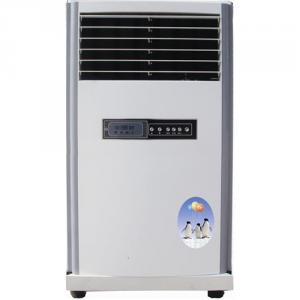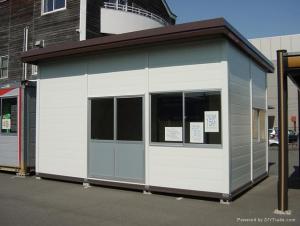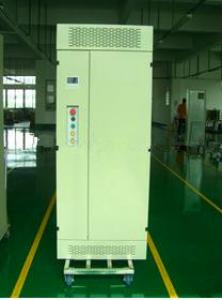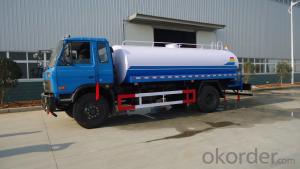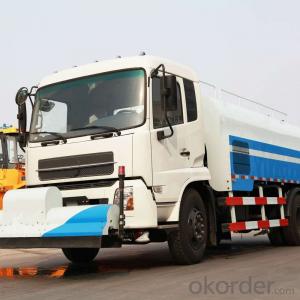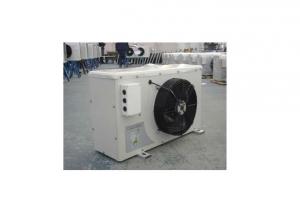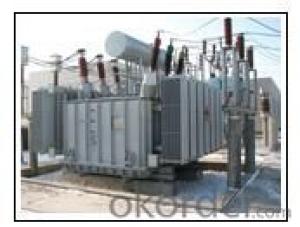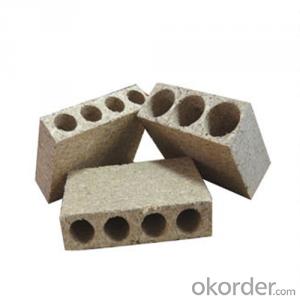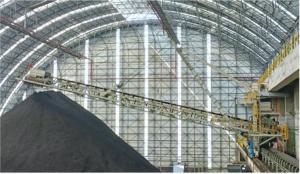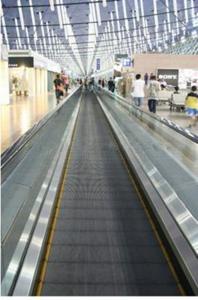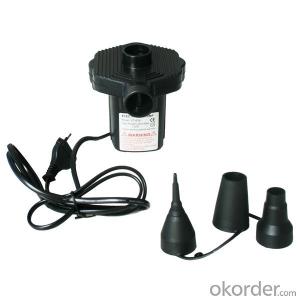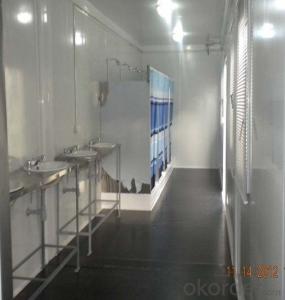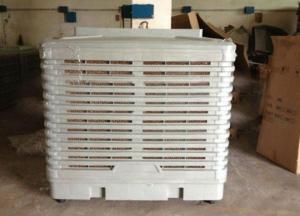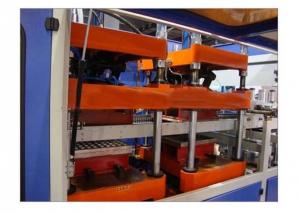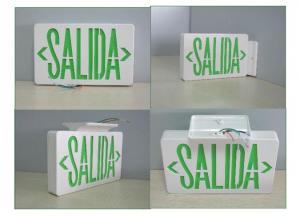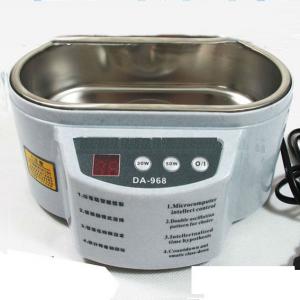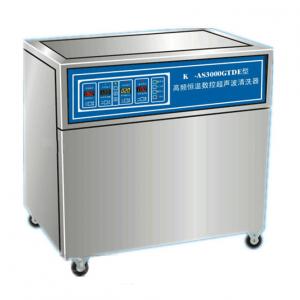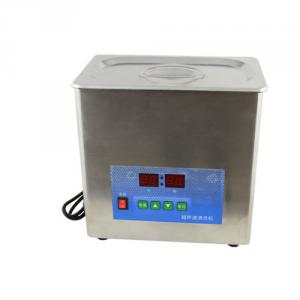Environmentally Controlled Room
Environmentally Controlled Room Related Searches
Control Environment Environmental Control Systems In Buildings Elements Of Control Environment Environmental Controller Environmental Controllers Environmental Control System Environmental Control Systems Environmental Control Control Environment Questionnaire Clean Environment Electrically Controlled Valve Environmental Cleaning Controlled Environment For Finance Environmental Control Technician Coso Control Environment Control Environment Components Electronic Encapsulation Recessed Emergency Light Environmental Standards Environmental Maintenance Room Heating Excess Electronic Components Environmental Cleaning Company Environmental Health Engineered Steel Buildings Maintenance Environment Emergency Rechargeable Light Electronic Ordering Equipment Cleaning Substances Cleaning Of EnvironmentEnvironmentally Controlled Room Supplier & Manufacturer from China
An Environmentally Controlled Room is a specialized space designed to maintain specific environmental conditions such as temperature, humidity, and air quality. This type of room is crucial for various applications, including scientific research, product testing, and the preservation of sensitive equipment. These rooms are equipped with advanced systems that regulate and monitor the environmental factors to ensure optimal conditions for the activities taking place within.The Environmentally Controlled Room finds its application in a wide range of industries, from pharmaceuticals to electronics. It is used to simulate different environmental conditions for testing the durability and performance of products, as well as to store items that require specific temperature and humidity levels to maintain their quality. This makes the Environmentally Controlled Room an essential tool for quality control and research in various fields.
Okorder.com is a reputable wholesale supplier of Environmentally Controlled Rooms, offering a vast inventory to cater to the diverse needs of customers. With a commitment to quality and customer satisfaction, Okorder.com ensures that the products they supply meet the highest industry standards. Their extensive range of Environmentally Controlled Rooms is designed to suit different requirements, making them a one-stop solution for businesses and institutions seeking reliable and efficient environmental control solutions.
Hot Products

